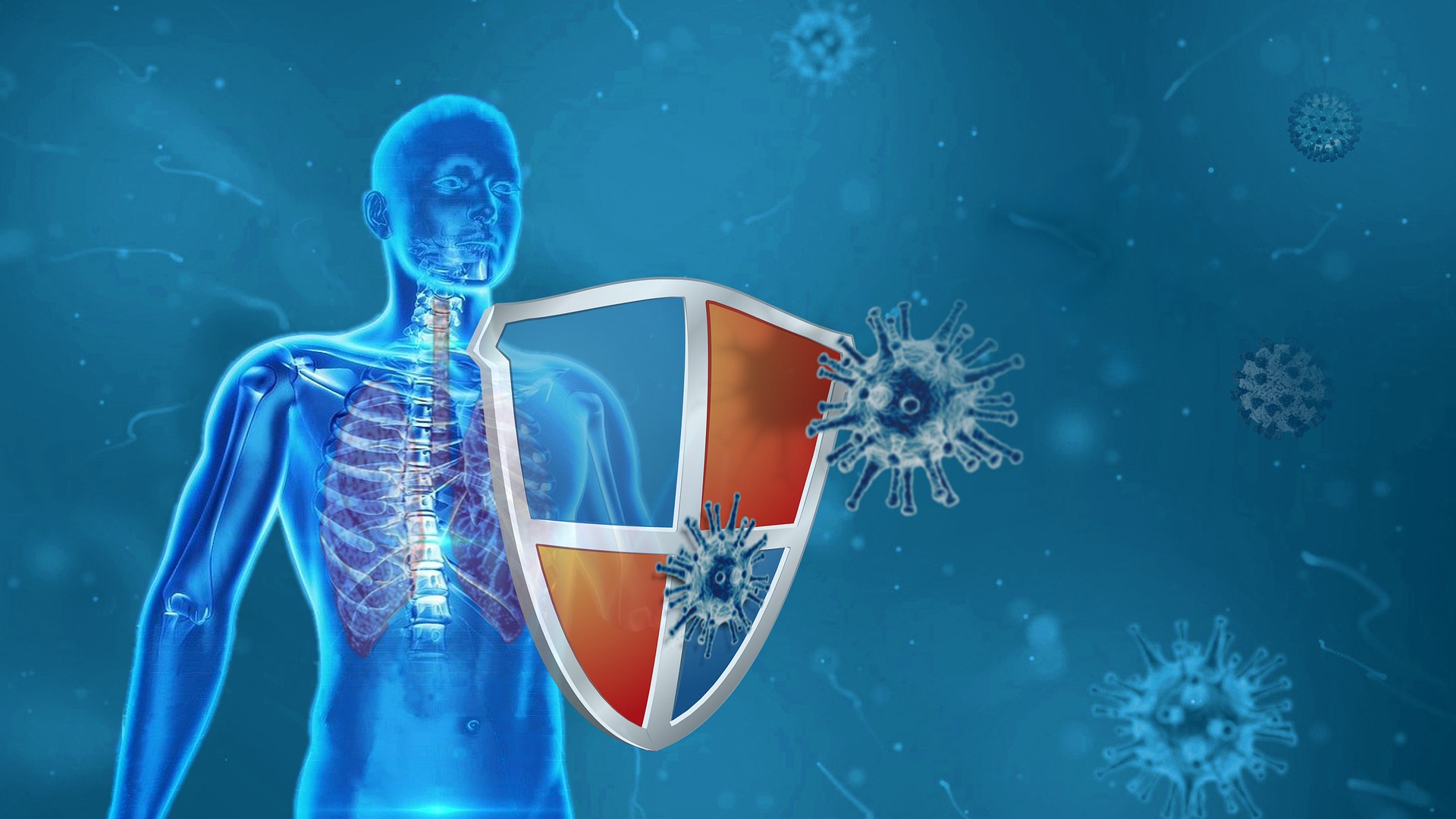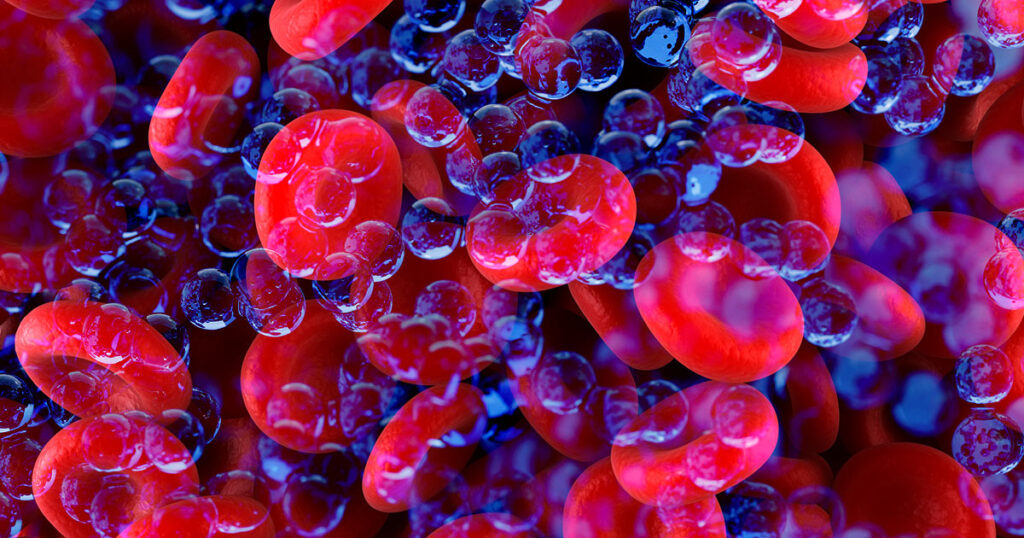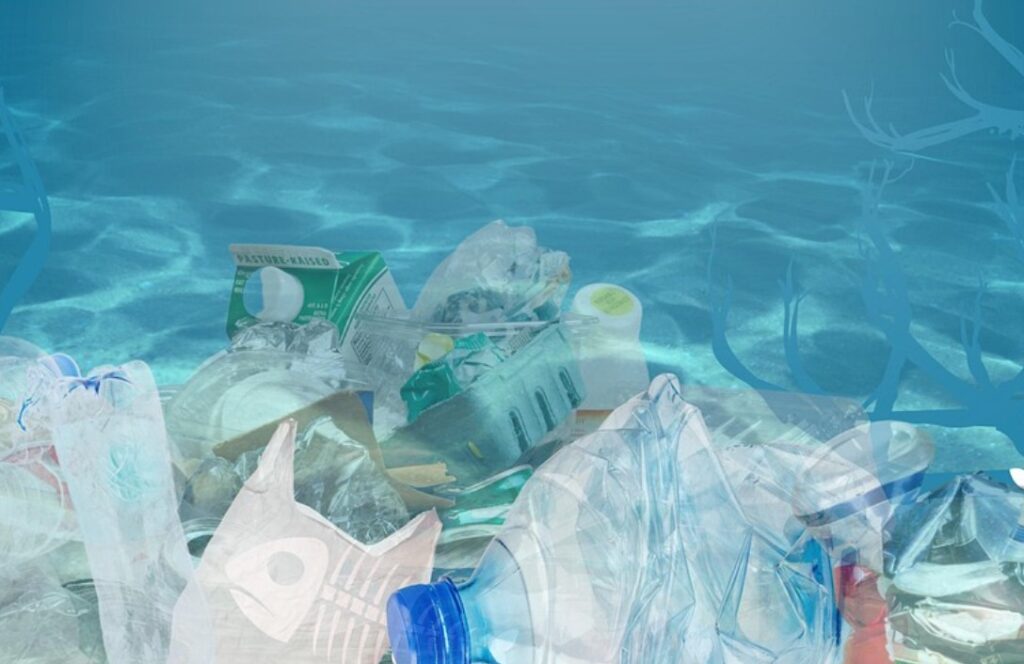Based on previous studies on the COVID-19 pandemic, it is known that a special form of white immune cells, the natural killer cells (NK cells), make an important contribution to the early antiviral immune response against SARS-CoV-2. However, researchers at the University of Bonn and the German Center for Neurodegenerative Diseases (DZNE) were able to investigate how and why affected individuals no longer breathe.
The researchers examined blood samples from 205 subjects at regular intervals, in some cases from the first to the sixth week after infection. This allowed them to classify the molecular properties and functions of the cells over time.
It turns out that in severe courses of COVID-19, the ability of natural killer cells to prevent pathological proliferation of connective tissue (fibrosis) in the lungs is often impaired. As a result, the connective tissue spreads, the lung becomes scarred, and oxygen uptake from the blood no longer runs smoothly. In the worst case, the patient can suffocate.
“Three weeks after infection, molecular patterns were evident in the NK cells in severe courses that are already known in other immune cells in the context of fibrosis formation. Fittingly, these NK cells have significantly lost their capacity to prevent tissue scarring. This may have an impact on the remodeling of connective tissue in the lung,” adds Dr. Anna Aschenbrenner, also co-leader of the study and working at the Life & Medical Sciences (LIMES) Institute of the University of Bonn and the DZNE.
“To what extent these results support a therapeutic approach needs to be investigated in subsequent studies. However, we have laid a good foundation here for understanding NK cells in the emergence and development of COVID-19,” says Dr. Benjamin Krämer of General Internal Medicine I at the University Hospital Bonn, one of the first authors.
- source: heute.at/picture: pixabay.com
This post has already been read 1104 times!



